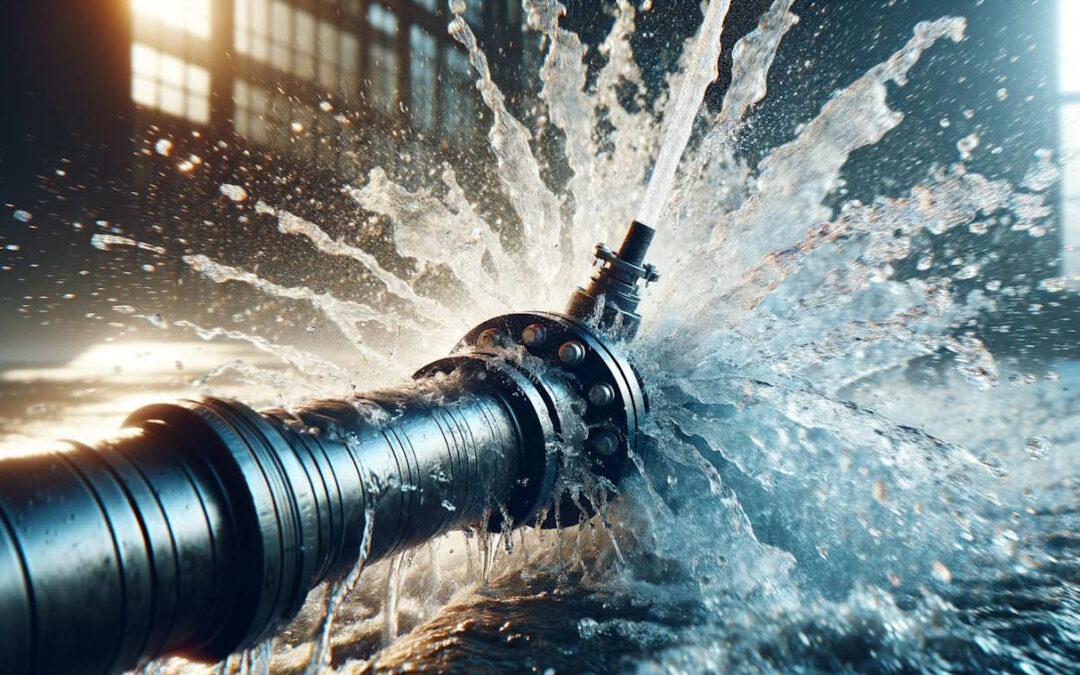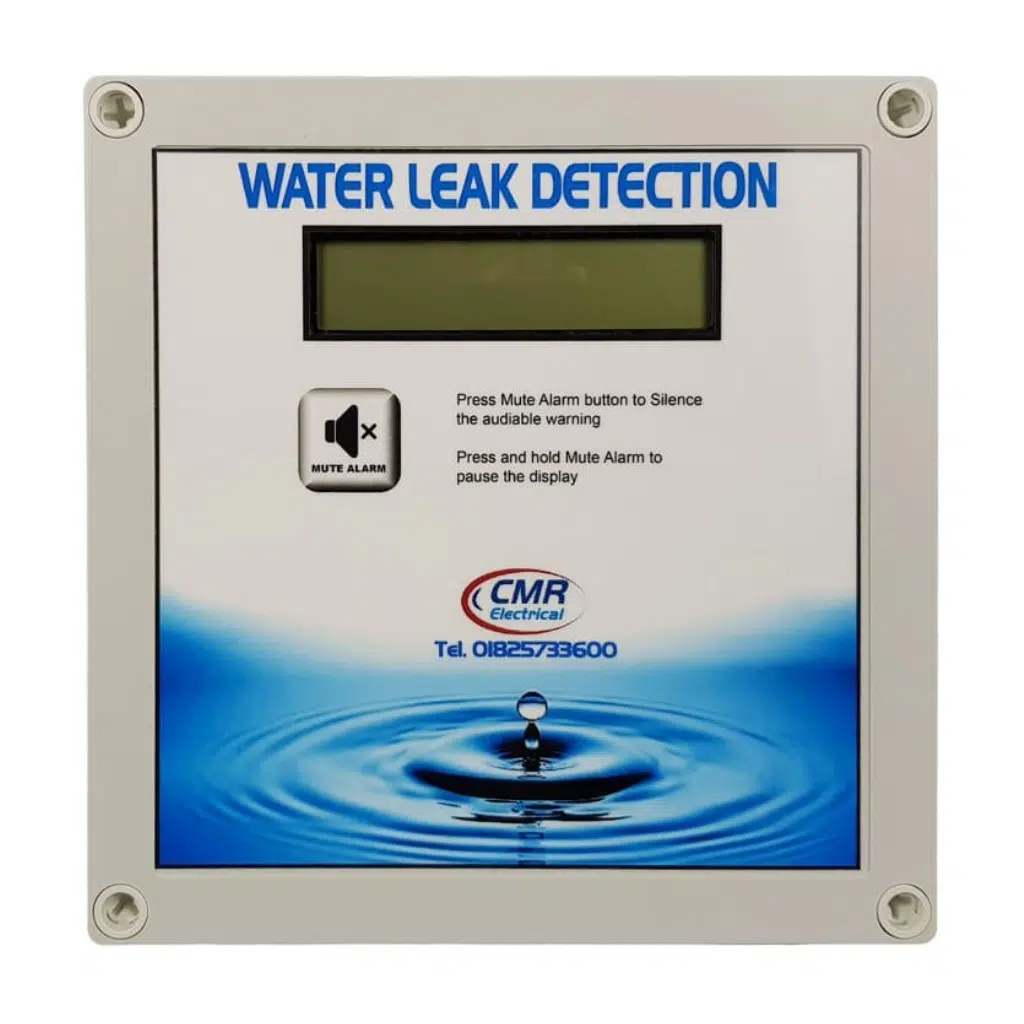Innovative Solutions for Very Early Detection of Water Leaks in Buildings and Framework
From sophisticated leakage discovery technologies to the release of IoT sensing units for real-time tracking, the landscape of leak avoidance is developing rapidly. Automated water circulation analysis systems are reshaping just how leakages are identified and addressed, paving the method for a positive technique to water leak discovery.
Advanced Leak Detection Technologies
Advanced leak detection modern technologies, outfitted with advanced sensing units and algorithms, play a vital duty in swiftly recognizing and pinpointing water leaks in numerous settings. These innovations use a mix of acoustic, thermal, and electromagnetic picking up techniques to spot leaks properly. Acoustic sensing units spot the noise of escaping water, enabling specific localization of the leakage source. Thermal imaging detects temperature level adjustments triggered by water leak, providing another efficient technique for leakage recognition. Electromagnetic sensors can recognize adjustments in magnetic fields brought on by water, supplying yet one more layer of leakage discovery capacity.

IoT Sensors for Real-Time Tracking
In the world of modern-day water leak detection, the combination of IoT sensing units for real-time tracking stands for a pivotal improvement in improving positive leakage discovery capabilities. These sensing units supply continuous surveillance of water supply, supplying real-time data on water flow prices, stress variants, and temperature changes. By leveraging IoT technology, these sensing units can spot even the smallest abnormalities in water usage patterns, allowing early identification of possible leaks prior to they escalate right into major problems.
IoT sensors transfer data to a central platform, where advanced formulas assess the information and create alerts or alerts when irregularities are identified. This real-time monitoring capacity enables building owners or center supervisors to quickly attend to leaks, minimizing water damage, minimizing repair expenses, and saving water sources.
Furthermore, IoT sensing units can be integrated with structure administration systems, permitting for automatic feedbacks to identified leakages, such as closing off water shutoffs or turning on pumps to minimize the influence of leakages. In general, the execution of IoT sensing units for real-time tracking considerably improves the efficiency and effectiveness of water leakage discovery in structures and facilities.
Maker Knowing Algorithms for Leak Forecast

One trick benefit of using artificial intelligence for leakage prediction is its ability to continually discover and improve its precision gradually. As more information is gathered and fed right into the algorithm, it can refine read this post here its forecasts and adapt to changing problems, ultimately raising the integrity of leakage detection systems.
Moreover, artificial intelligence formulas can aid in determining subtle indicators of leaks that might go undetected by conventional monitoring methods. water leak detection. By assessing complicated data embed in real-time, these algorithms can offer early cautions and informs, enabling prompt treatment and preventative maintenance to mitigate prospective water damages and linked expenses
Making Use Of Thermal Imaging for Leak Detection
Thermal imaging modern technology provides an appealing strategy for detecting water leakages in numerous systems and facilities. By making use of infrared radiation and temperature level variations, thermal imaging cameras can identify covert leakages that are not quickly noticeable to click to read more the naked eye. When water escapes from pipelines or structures, it often alters the temperature level of the bordering location, developing temperature differentials that thermal electronic cameras can capture. These temperature abnormalities are then converted right into visible images, highlighting the exact place of the leak.
One of the crucial benefits of thermal imaging for leak detection is its non-intrusive nature. Generally, the usage of thermal imaging innovation enhances the performance and precision of water leak discovery, making it a useful tool for keeping the stability of structures and facilities.
Automated Water Circulation Evaluation Solutions
How can automatic water flow evaluation systems change the discovery and administration of leakages in different systems and frameworks? Automated water flow evaluation systems provide an aggressive method to leakage detection by constantly keeping track of water circulation rates and patterns. By establishing standard data, these systems can rapidly recognize discrepancies that might indicate a leak, making it possible for prompt intervention to stop comprehensive damages.
These systems utilize sophisticated formulas to analyze real-time data and give immediate informs when abnormalities are discovered, enabling swift action to be taken. In addition, automated water flow analysis systems can be incorporated with structure administration systems or IoT systems, enhancing overall effectiveness and allowing remote surveillance capacities.
Moreover, the information gathered by these systems can be made use of for anticipating upkeep functions, assisting to determine prospective powerlessness in the infrastructure before leaks take place. On the whole, the execution of computerized water circulation evaluation systems can substantially boost leakage detection and management practices, inevitably bring about set you back savings, reduced water wastage, and raised sustainability in structures and framework.

Conclusion
To conclude, the combination of advanced leak detection innovations, IoT sensing units, artificial intelligence formulas, thermal imaging, and computerized water circulation evaluation systems supplies cutting-edge remedies for very early discovery of water leakages in buildings and facilities. These innovations allow real-time monitoring, prediction of leaks, and reliable discovery approaches to avoid water damages and waste. Executing these services useful link can help in maintaining the integrity and sustainability of water supply in different setups.